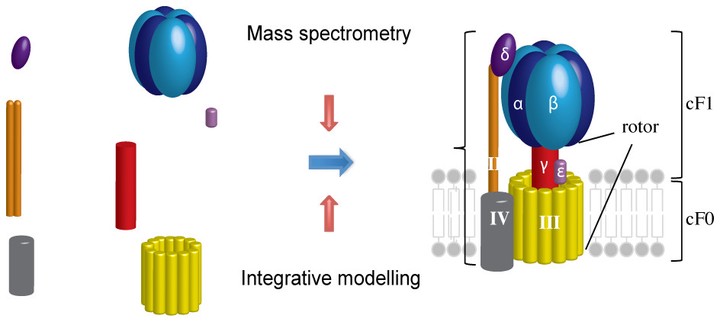Surface Accessibility and Dynamics of Macromolecular Assemblies Probed by Covalent Labeling Mass Spectrometry and Integrative Modeling

Abstract
[Analytical Chemistry] Mass spectrometry (MS) has become an indispensable tool for investigating the architectures and dynamics of macromolecular assemblies. Here we show that covalent labeling of solvent accessible residues followed by their MS-based identification yields modeling restraints that allow mapping the location and orientation of subunits within protein assemblies. Together with complementary restraints derived from cross-linking and native MS, we built native-like models of four heterocomplexes with known subunit structures and compared them with available X-ray crystal structures. The results demonstrated that covalent labeling followed by MS markedly increased the predictive power of the integrative modeling strategy enabling more accurate protein assembly models. We applied this strategy to the F-type ATP synthase from spinach chloroplasts (cATPase) providing a structural basis for its function as a nanomotor. By subjecting the models generated by our restraint-based strategy to molecular dynamics (MD) simulations, we revealed the conformational states of the peripheral stalk and assigned flexible regions in the enzyme. Our strategy can readily incorporate complementary chemical labeling strategies and we anticipate that it will be applicable to many other systems providing new insights into the structure and function of protein complexes.